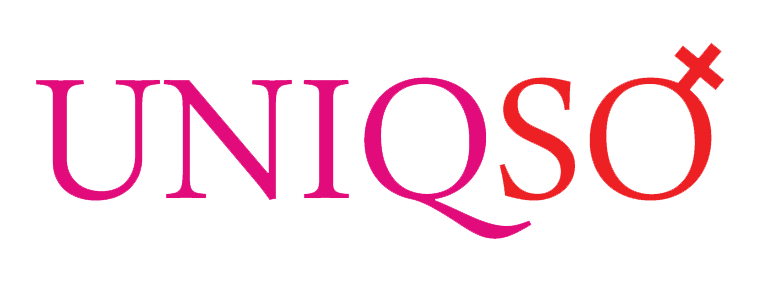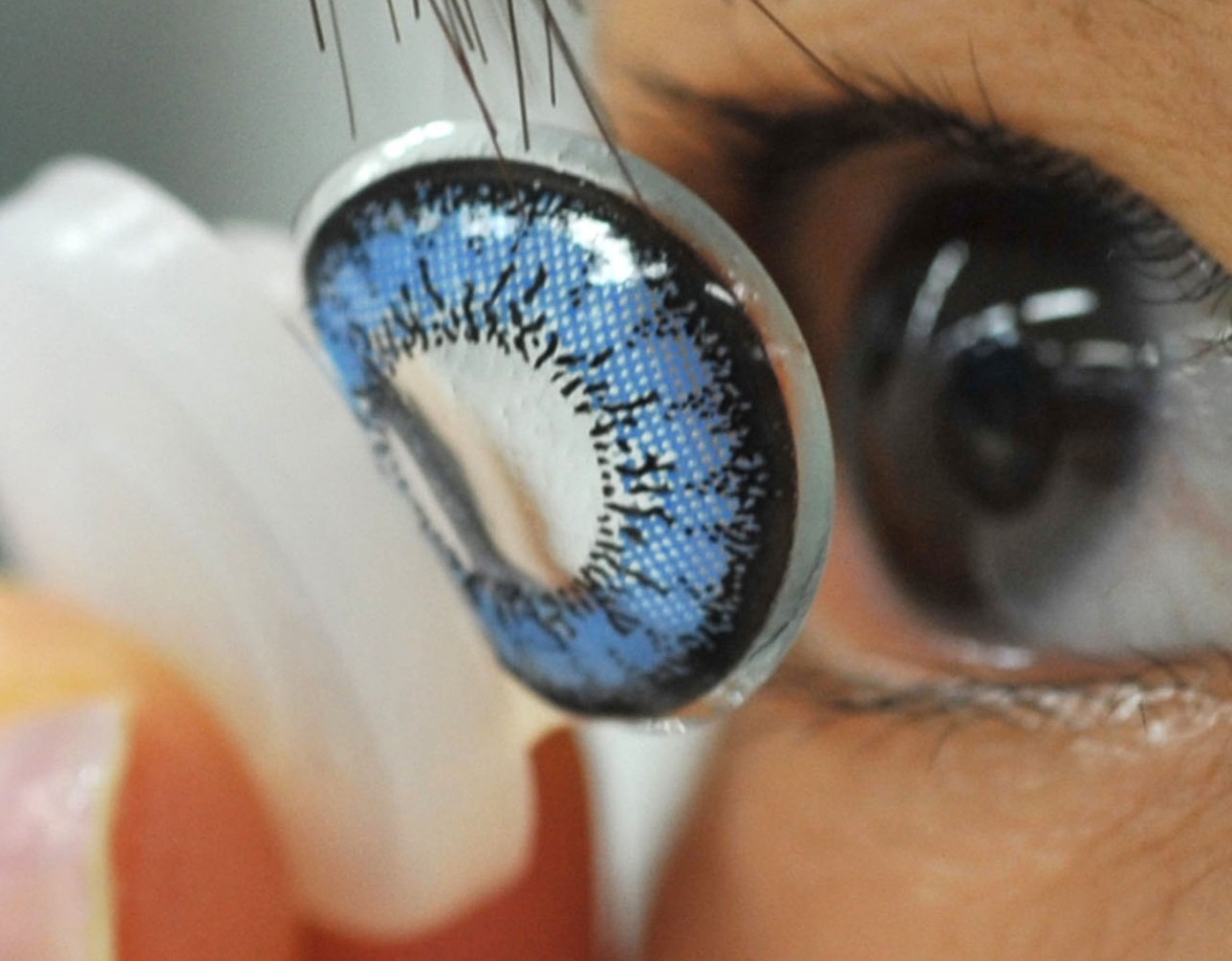Whether you dislike the discomfort and inconvenience that comes with wearing glasses or simply want a clear vision without calling attention to yourself, we can all agree that life without contact lenses would be a difficult one. Nonetheless, it is important to follow the manufacturer’s instructions when using contact lenses. This includes when to throw them out. However, most of us had wondered if we could extend the lives of the disposable period of our contact lenses.
So, the question is: can you?
Table of contents
Estimated reading time: 6 minutes
Contact Lens Expiration Date
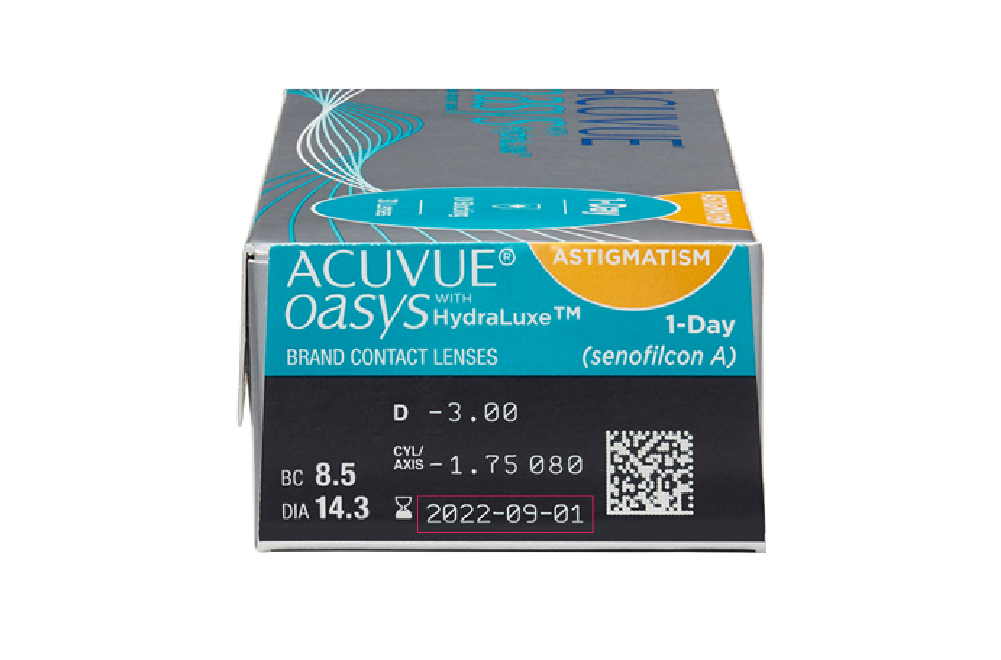
A product’s expiration date (or shelf life) is the time before which a product is meant to perform as declared or advertised. This means that the manufacturer guarantees that you can safely and effectively use the contact lens before the expiration date when stored according to their recommendations. Generally, a disposable contact lens would last for about three years after its manufacturing date. Nevertheless, this can differ from product to product.
Can I Use an Expired Contact Lens?
You should never use an expired contact lens. While the package may seem as good as new, a lot has happened underneath the seal. A solution coats the contact lenses and this protects the lenses and keeps them sterile. When this solution expires, it is no longer able to keep the contact lens safe and free from germs. Even if the seal is intact, germs may have already contaminate your contact lenses.
Using a non-sterilised contact lens can greatly increase the risk of getting severe eye infections and other complications. Even if you wash and sterilise your hands, and follow all of the other instructions on how to safely use contact lenses, germs are still getting a free ride into your eyes.
On top of that, eye care experts from the American Optometric Association and the American Academy of Ophthalmology warn that when the solution expires, the pH level of the solution may change and this can cause further discomfort to your eyes. Together with the high risk for contracting an infection, an expired contact lens is simply not worth saving.
Contact Lens Disposable Period
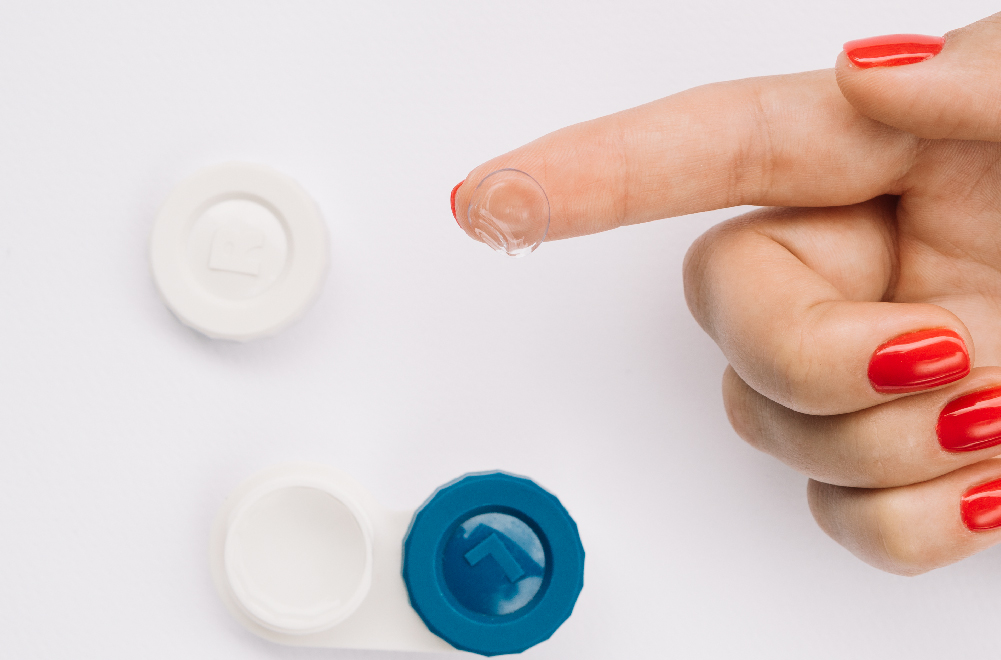
The disposable period is the amount of time a disposable contact lens is meant to be used after opening, similar to period-after-opening (PAO) of a cosmetic product. This is the time during which a contact lens has been designed, tested, and approved to last. The most common disposable contact lenses are either daily, bi-weekly or monthly. You should replace a daily contact lens every day. Similarly, you should throw out your bi-weekly contact lenses every two weeks and monthly contact lenses every month after opening.
Can I Use a Contact Lens Past Its Disposable Period?
You should not use a disposable contact lens longer than its approved disposable period. While you may not notice any change, your contact lens accumulates deposits, lipids and proteins over time. This will reduce the amount of oxygen passing through to your eyes. Having insufficient oxygen available can cause infections and inflammation which can eventually lead to vision loss or contact lens intolerance. A Contact Lens Cleaner will definitely help to do the cleaning for you.
At the same time, bacteria can grow and form biofilm making it more resistant to disinfectants. Much like how the calculus or tartar (another type of biofilm) that form on your teeth cannot be removed simply by brushing, contact lens solutions are not designed to remove strong biofilm formation as a result of inappropriate use.
Furthermore, your contact lenses also break down over time, rendering them less effective. This means that even if you don’t use them every day, you should only use your bi-weekly contact lenses fourteen days after opening. Daily contact lenses may even break down when being cleaned as it is designed to be only used once. Using them beyond their time would not only make things uncomfortable for you, you are also putting your eye health at risk for serious complications.
How Do I Make Sure I Don’t Waste My Disposable Contact Lenses?
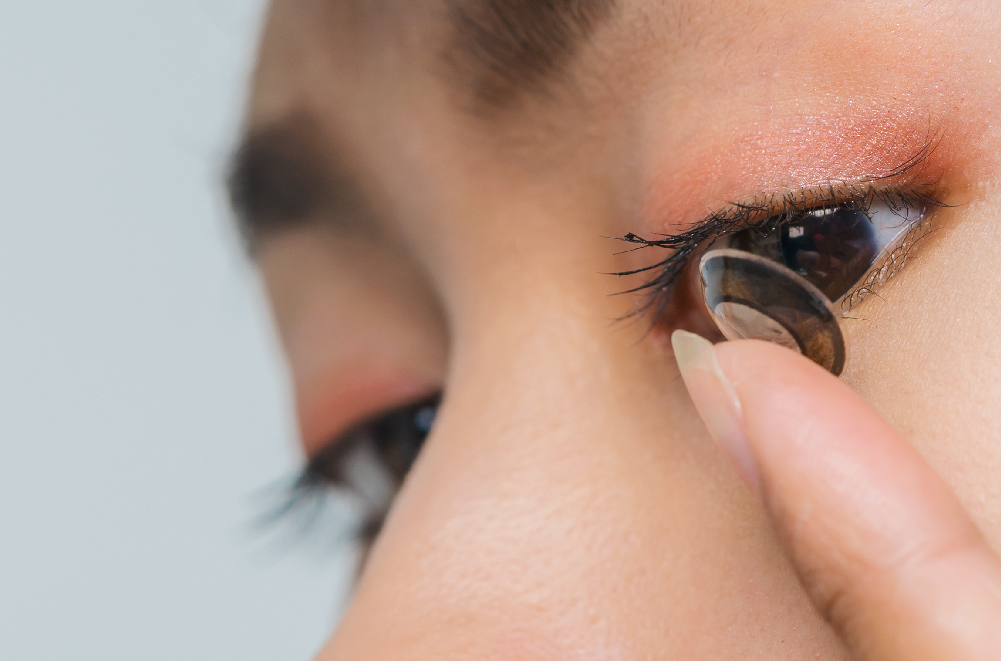
If you have disposable contact lenses that are past their expiry date or disposable period, throw them away immediately. The money you save from reusing them is not worth the risk to your eye health.
However, what you can do instead is to plan ahead so you would make the most out of the disposable contact lenses you buy. Here are some suggestions that may help you:
Choose the Right Disposable Period
If you only wear your contact lenses for your weekly workout, use daily contact lenses that you could throw out at the end of the day. Since you have to throw it out after 30 days, you would only use your monthly lens for 14% of its disposable period. However, if you use contact lenses every day and you want to save cost, choose a bi-weekly or monthly contact lens that can offer you more use per lens.
Set Reminder / Schedule
Set a reminder on your phone or make a contact lens schedule. This would remind you when you should replace them. If you can’t remember whether you began using your bi-weekly lenses the previous Monday or the Monday before, you should discard them 14 days after the earlier date to eliminate any risk. If you don’t feel comfortable with the possibility of throwing your lenses out early, a schedule and a reminder can give you the confirmation that your contact lens is still safe for wear.
Conclusion
Disposable contact lenses are only meant to be used for a certain amount of time. Whether they are expired or past their disposable period, using contact lenses beyond the recommended time would be detrimental to your eye health. The American Centers for Disease Control and Prevention (CDC) reports that poor contact lens hygiene is a major risk factor for a range of eye problems and 1 million doctor visits each year are due to keratitis, a type of eye infection associated primarily with poor contact lens use.
Don’t let yourself be a part of that statistics. It is not worth the few extra bucks.
Shop our variety color contact lenses now

Read more
